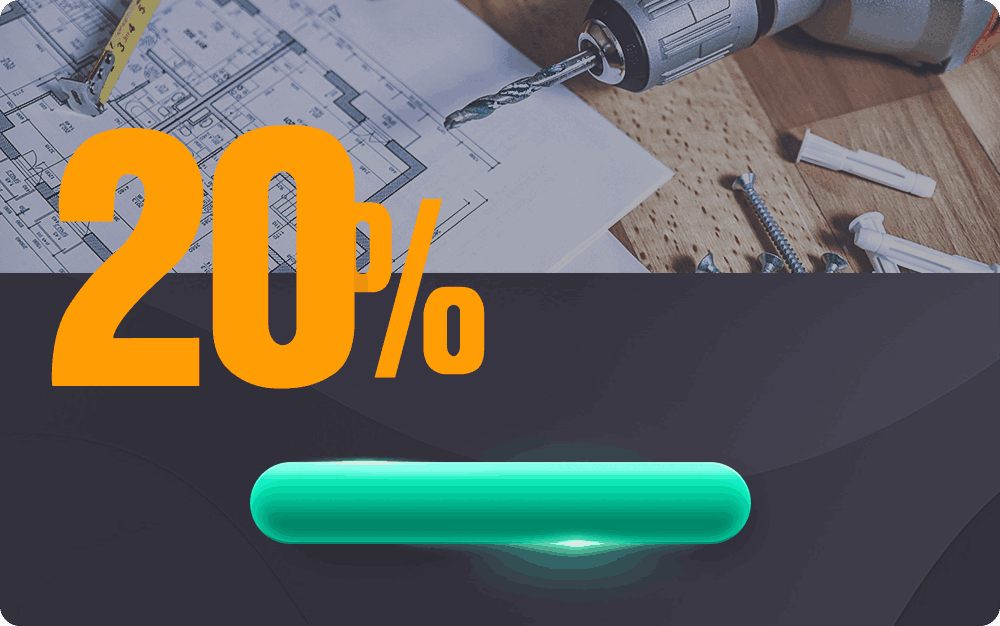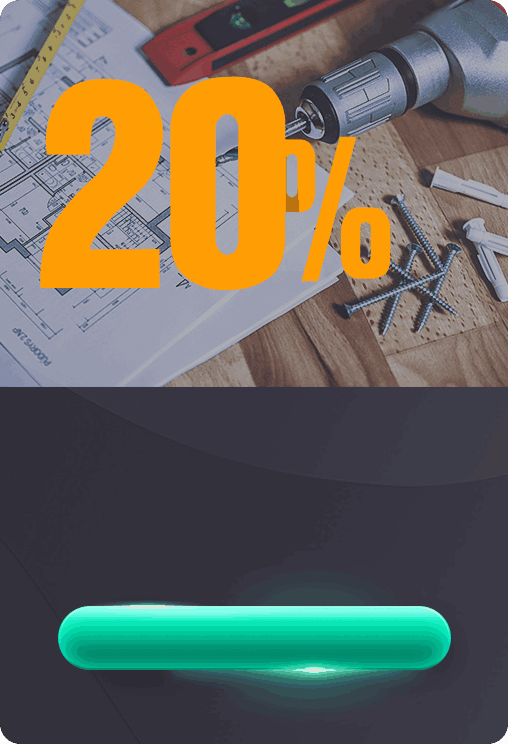Welcome to the world of low voltage LED lighting! As a lighting expert, I’m here to shed light on a common query: “How far can you run low voltage LED lighting?” This is a critical question for anyone looking to illuminate spaces efficiently while minimizing energy consumption. In this comprehensive guide, we’ll delve into the depths of low voltage LED lighting systems, addressing their capabilities, considerations, and providing practical solutions to extend their reach.
Understanding Low Voltage LED Lighting Systems
Before we jump into the distance conundrum, let’s grasp the fundamentals. Low voltage LED lighting systems are renowned for their energy efficiency and versatility. They operate at lower voltage levels, typically 12 or 24 volts, which significantly reduces energy consumption compared to traditional lighting systems.
Why Extending Lighting Systems Matters
The need to extend lighting systems arises from various practical scenarios:
-
Landscape Lighting: When illuminating outdoor spaces like gardens, pathways, or driveways, you need to extend the lighting system efficiently over large areas.
-
Indoor Ambiance: Achieving a cohesive lighting scheme in a spacious indoor area, such as a living room or commercial space, often requires long runs of LED lights.
-
Energy Efficiency: Extending the lighting system intelligently helps maintain uniform brightness while minimizing energy wastage.
The Crucial Factors: Voltage Drop and Line Loss
Understanding voltage drop and line loss is paramount in determining how far you can run low voltage LED lighting.
-
Voltage Drop: As electricity flows through wires, there’s a natural drop in voltage over distance. This drop can affect the brightness and performance of LED lights. We’ll explore strategies to mitigate voltage drop.
-
Line Loss: The quality and thickness of the wiring play a vital role. Thin wires can lead to significant line loss, reducing the effective distance the lighting can cover. We’ll discuss suitable wire gauges for various scenarios.
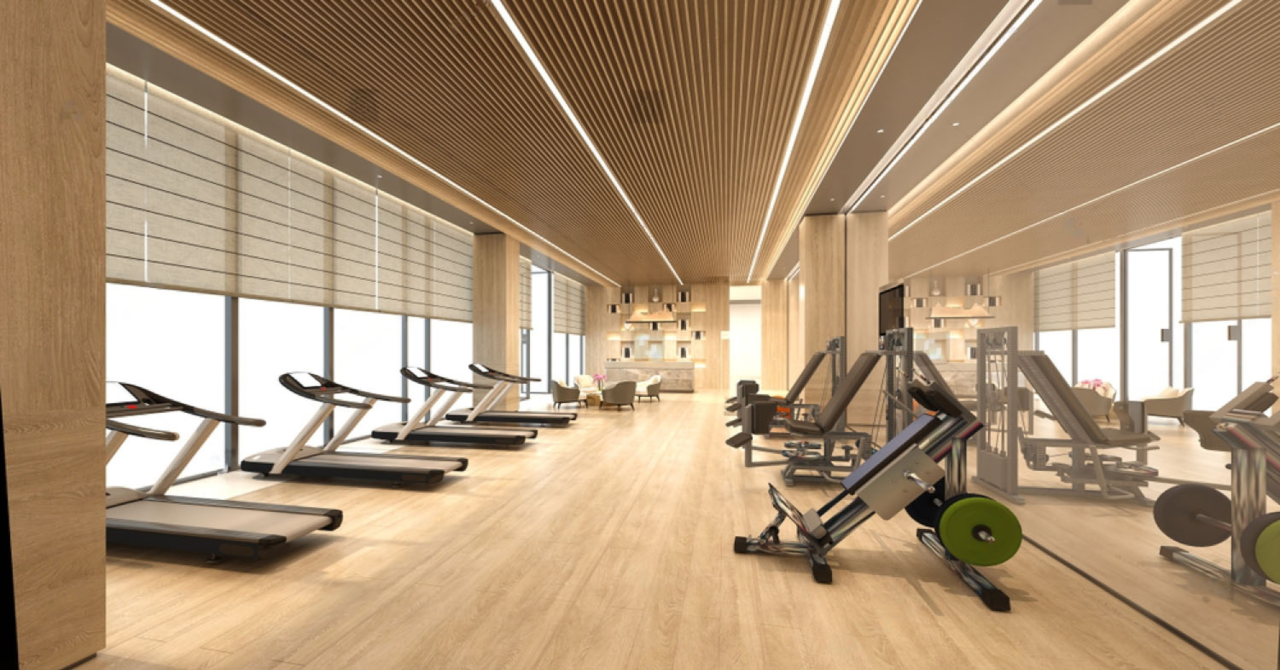
Common Application Scenarios
Different applications demand different approaches when it comes to extending low voltage LED lighting systems:
-
Outdoor Landscaping: Learn how to calculate the ideal spacing between fixtures to maintain consistent illumination in your garden or outdoor area.
-
Indoor Lighting: Discover techniques for seamlessly extending low voltage LED lighting throughout large indoor spaces while ensuring even illumination.
-
Commercial Settings: Explore how businesses can benefit from extended lighting systems, from retail displays to office spaces.
Key Considerations for Extending Lighting Systems
Several key factors can impact the reach of your low voltage LED lighting system:
-
Wire Gauge: We’ll delve into the relationship between wire gauge and voltage drop, helping you choose the right wire size for your project.
-
Power Supply: Selecting an appropriate power supply unit is crucial. We’ll guide you in choosing the correct wattage and capacity for your extended lighting system.
-
Load Calculation: Understanding the total wattage and load of your LED fixtures is essential to avoid overloading the system.
Calculating Maximum Extension
Calculating how far you can run your low voltage LED lighting system involves a few simple steps and tools. We’ll walk you through the process, providing practical examples for clarity.
Troubleshooting Common Issues
Despite careful planning, issues can arise when extending low voltage LED lighting systems. We’ll troubleshoot common problems such as signal attenuation and offer solutions to keep your system running smoothly.
Installation and Maintenance Tips
To ensure your extended lighting system remains reliable, we’ll provide installation guidelines, maintenance tips, and best practices. This will help you get the most out of your low voltage LED lighting investment.
That concludes the first part of our comprehensive guide on extending low voltage LED lighting systems. In the following sections, we will explore further aspects of this topic, including advanced calculations, application-specific insights, and a deeper dive into maintenance. Stay tuned for more enlightening information!
Advanced Calculations for Maximum Extension
Now that we’ve laid the foundation, it’s time to explore more advanced calculations to determine how far you can truly run your low voltage LED lighting system.
-
Voltage Drop Calculations: In this section, we will delve into the nitty-gritty of voltage drop calculations. We’ll provide you with formulas and tools to precisely calculate voltage drop based on wire length, wire gauge, and load, enabling you to make informed decisions when extending your lighting system.
-
Voltage Drop Tables: To simplify your planning process, we’ll provide voltage drop tables for common wire gauges and distances. These tables will serve as handy references for various scenarios.
Application-Specific Insights
To truly master the art of extending low voltage LED lighting, it’s essential to understand how different types of LED lights perform in various applications. Let’s explore the application-specific insights:
Linear Lights
Linear LED lights are commonly used for creating clean, uninterrupted lines of illumination. Their applications range from under-cabinet lighting to architectural accents. When extending linear LED lighting, considerations include:
-
Uniformity: Maintaining consistent brightness over extended lengths is crucial for linear lights. We’ll discuss strategies to achieve this.
-
Connectors: Choosing the right connectors and ensuring secure connections is vital for reliability.
Tracking Lights
Tracking lights are versatile fixtures used in galleries, retail spaces, and homes for highlighting specific objects or areas. Extending tracking lights involves:
-
Fixture Spacing: We’ll provide guidelines on how to space tracking light fixtures for optimal coverage.
-
Track Length: Understanding track length limitations and methods to extend them.
Panel Lights
Panel lights are popular for their sleek appearance and even illumination. In offices and commercial spaces, extending panel lights involves:
-
Grid Layout: Ensuring a uniform grid layout when extending panel lights for consistent illumination.
-
Driver Compatibility: Considerations regarding the compatibility of LED drivers and how it affects extension.
Strip Lights
LED strip lights are versatile and can be used for various decorative and functional applications. Extending strip lights requires:
-
Cutting and Rejoining: Learn how to properly cut and rejoin LED strip lights to customize lengths while maintaining functionality.
-
Color Consistency: Strategies for preserving color consistency along extended lengths of LED strips.
High Bay Lights
High bay lights are essential for providing ample illumination in large, open spaces like warehouses and gymnasiums. Extending high bay lights involves:
-
Mounting Height: Considerations for mounting height and how it affects the required light output.
-
Light Distribution: Achieving even light distribution when extending high bay lights over substantial areas.
Maintenance and Longevity
Ensuring the longevity of your extended low voltage LED lighting system is crucial to maximize your investment. In this section, we’ll cover:
-
Cleaning and Dust Management: Regular maintenance practices to keep your LED fixtures clean and free from dust, which can affect performance.
-
Heat Management: Strategies for managing heat buildup, which can impact LED lifespan.
-
Upgrades and Retrofitting: Guidance on upgrading and retrofitting your lighting system for improved efficiency and longevity.
Real-World Applications and Case Studies
In this section, we will delve into real-world applications and case studies to provide practical insights into extending low voltage LED lighting systems. These examples will help you understand how the principles discussed in the previous sections translate into actual projects.
Case Study 1: Outdoor Landscape Lighting
Imagine you have a vast garden that requires beautiful illumination. We’ll take you through a case study on extending low voltage LED lighting for outdoor landscape lighting.
-
Project Scope: Defining the project scope, including the size of the garden and the desired lighting effect.
-
Fixture Selection: Choosing the right fixtures and their placement for optimal coverage.
-
Wiring and Voltage Drop: Calculating voltage drop and selecting the appropriate wire gauge for extended runs.
-
Results: Discussing the outcomes of the project, including the achieved illumination and energy savings.
Case Study 2: Retail Store Lighting
For businesses, lighting plays a pivotal role in creating an inviting shopping environment. In this case study, we’ll explore how to extend low voltage LED lighting in a retail store setting.
-
Lighting Layout: Creating a lighting layout to ensure product visibility and customer comfort.
-
Track Lighting Extension: Extending track lighting for display areas and merchandise highlighting.
-
Maintenance Plan: Developing a maintenance plan to keep the lighting system in top condition.
-
ROI Analysis: Analyzing the return on investment in terms of energy savings and increased sales.
Case Study 3: Office Space Illumination
Efficient and comfortable lighting is essential in office spaces. We’ll walk you through a case study on extending low voltage LED lighting in an office environment.
-
Layout Design: Designing an office lighting layout that promotes productivity and well-being.
-
Panel Light Expansion: Extending panel lights to cover larger office areas.
-
Energy Efficiency: Calculating energy savings achieved through the extended LED lighting system.
-
Employee Satisfaction: Discussing the impact of improved lighting on employee satisfaction and productivity.
Sustainability and Environmental Considerations
As the world becomes increasingly focused on sustainability, it’s crucial to address how extending low voltage LED lighting systems can contribute to eco-friendly practices. In this section, we’ll cover:
-
Energy Efficiency: Highlighting the energy-saving benefits of low voltage LED lighting systems and their extended applications.
-
Reduced Carbon Footprint: Discussing how energy-efficient lighting can reduce greenhouse gas emissions.
-
Recycling and Disposal: Offering insights into the responsible disposal and recycling of LED lighting components.
Future Trends and Innovations
The field of LED lighting is continually evolving. In this section, we’ll explore emerging trends and innovations that may impact the extension of low voltage LED lighting systems. This includes:
-
Smart Lighting: The integration of smart technology for enhanced control and energy efficiency.
-
Improved Materials: Advancements in materials that enhance the durability and performance of LED fixtures.
-
Human-Centric Lighting: Lighting solutions designed to mimic natural daylight and support human well-being.
Best Practices and Regulatory Compliance
When extending low voltage LED lighting systems, adhering to best practices and regulatory requirements is paramount. In this section, we’ll discuss:
-
Safety Standards: Ensuring that your lighting system complies with safety standards, such as UL (Underwriters Laboratories) certification, for peace of mind and hazard prevention.
-
Permitting: The importance of obtaining the necessary permits when undertaking lighting projects, particularly in commercial or public spaces.
-
Warranty Considerations: Understanding the warranty terms of your LED lighting components and how extending the system might affect these warranties.
Comprehensive Checklist for Success
To help you embark on your lighting extension projects with confidence, we’ve compiled a comprehensive checklist:
Pre-Planning
- Define Project Scope
- Assess Lighting Needs and Objectives
- Identify Key Areas for Illumination
- Calculate Total Wattage and Load
Design and Layout
- Create a Lighting Layout
- Select Suitable LED Fixtures
- Determine Spacing and Placement
- Plan for Adequate Power Supply
Voltage Drop and Wiring
- Calculate Voltage Drop
- Choose the Right Wire Gauge
- Minimize Line Loss
- Use Quality Connectors and Joints
Installation and Connection
- Ensure Secure Fixture Installation
- Safely Connect Wires and Components
- Consider Environmental Factors (Moisture, Temperature, etc.)
Testing and Troubleshooting
- Test the System for Functionality
- Address Voltage Drop Issues
- Troubleshoot Signal Attenuation
- Confirm Even Illumination
Maintenance and Sustainability
- Develop a Maintenance Plan
- Dispose of Old Components Responsibly
- Explore Energy Efficiency Upgrades
- Stay Informed About Sustainable Lighting Trends
Regulatory Compliance
- Check Safety Standards and Certification
- Obtain Necessary Permits
- Understand Warranty Implications
By following this checklist, you’ll have a systematic approach to extending your low voltage LED lighting system, ensuring that you meet safety standards, maintain efficiency, and maximize the lifespan of your lighting components.
Final Thoughts
In this comprehensive guide, we’ve explored every facet of extending low voltage LED lighting systems, from the basics of voltage drop to real-world case studies, sustainability considerations, and future trends. Armed with this knowledge and a systematic approach, you are well-prepared to undertake your lighting extension projects with confidence.
Remember, whether you’re illuminating outdoor landscapes, retail spaces, or office environments, extending low voltage LED lighting can bring energy efficiency, cost savings, and enhanced aesthetics to your spaces. Make informed decisions, prioritize safety, and stay updated on the latest lighting innovations to ensure your projects are successful and future-ready.
Thank you for joining us on this enlightening journey through the world of low voltage LED lighting. If you have any further questions or require assistance with specific projects, don’t hesitate to reach out to lighting experts or industry professionals who can provide guidance tailored to your needs. Illuminate the world responsibly and efficiently with low voltage LED lighting systems!










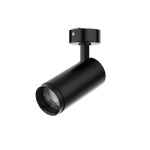 Ceiling Spotlights
Ceiling Spotlights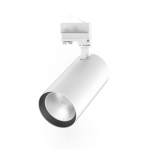 Indoor Spotlight
Indoor Spotlight Recessed Spotlights
Recessed Spotlights